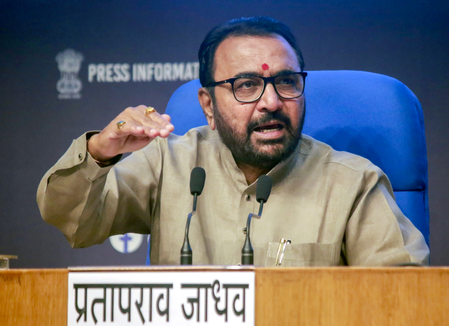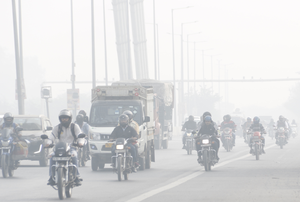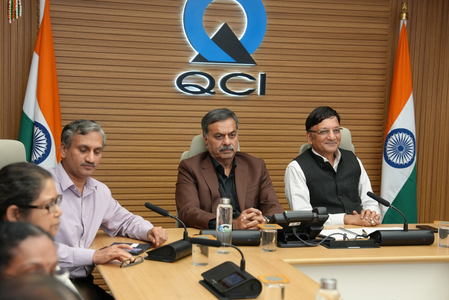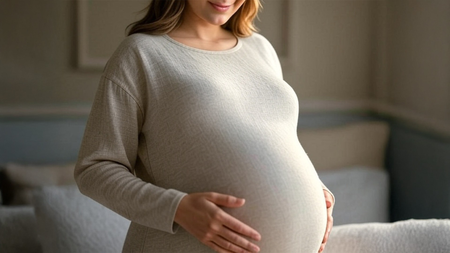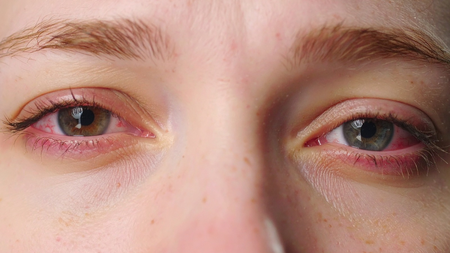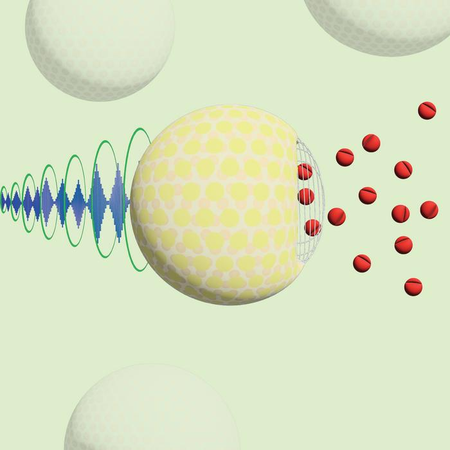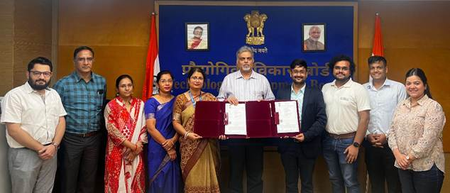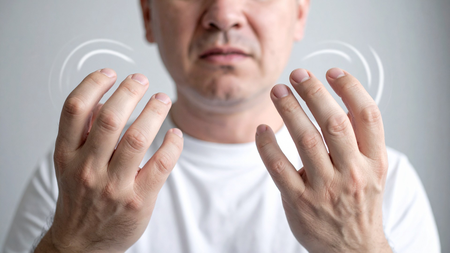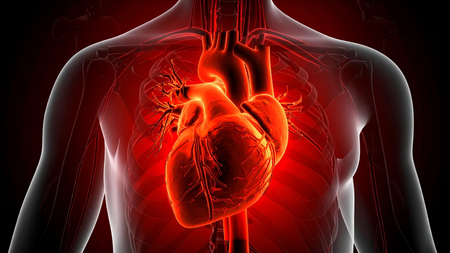Ayush industry steadily moving towards $200 bn target: Union Minister
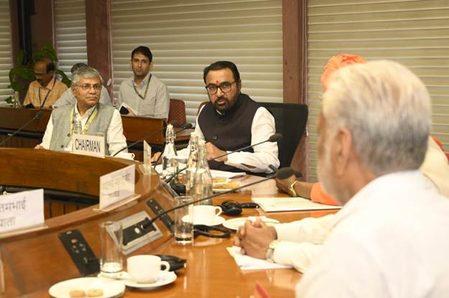
New Delhi, Aug 20 (IANS) The Ayush industry is steadily moving towards the $200 billion target, said Prataprao Jadhav, Union Minister of State (Independent Charge) for the Ministry of Ayush.
He said this while chairing the first Parliamentary Consultative Committee Meeting for the Ministry of Ayush in the national capital.
Jadhav highlighted that for the first time since the Ministry of Ayush became an independent ministry in 2014 under the guidance of Prime Minister Narendra Modi, a dedicated Parliamentary Consultative Committee has been established.
“This important step will help ensure focused discussions, better attention to Ayush-related matters, and stronger policy direction. It will further enhance the Ministry’s role in promoting a more holistic and globally recognised healthcare system,” the MoS said.
“Under the leadership of the Prime Minister, Ayush has grown rapidly with a strong network of research councils, statutory bodies, and national institutes. Through Ayushman Arogya Mandirs and the National Ayush Mission, health services are reaching millions, while the Ayush industry is steadily moving towards the $200 billion target,” he added.
Jadhav also hailed the International Day of Yoga 2025, held under the theme ‘Yoga for One Earth, One Health,’ which marked a remarkable milestone with over 3 lakh participants joining in Visakhapatnam this year.
“This powerful display of unity and wellness reflects the growing global embrace of yoga. Alongside, initiatives such as Prakriti Parikshan and Moringa-based Ayush diets showcase our commitment to evidence-based research, preventive healthcare, and the promotion of a healthy, sustainable lifestyle,” Jadhav said.
During the meeting, Member of Parliament Purshottam Rupala suggested that the Ministry of Ayush enhance public awareness through campaigns using posters, banners, and other IEC materials.
He also emphasised the importance of recognising the contributions of grassroots Vaidyas at the village and district levels. He called for efforts to promote their expertise so that more people can benefit from Ayush and its systems can be further strengthened.
Jadhav expressed gratitude to the members for their active participation and meaningful contributions.
He emphasised that their inputs will be instrumental in strengthening the Ayush systems across the country and in advancing India’s leadership in traditional medicine on the global stage.
–IANS
rvt/



